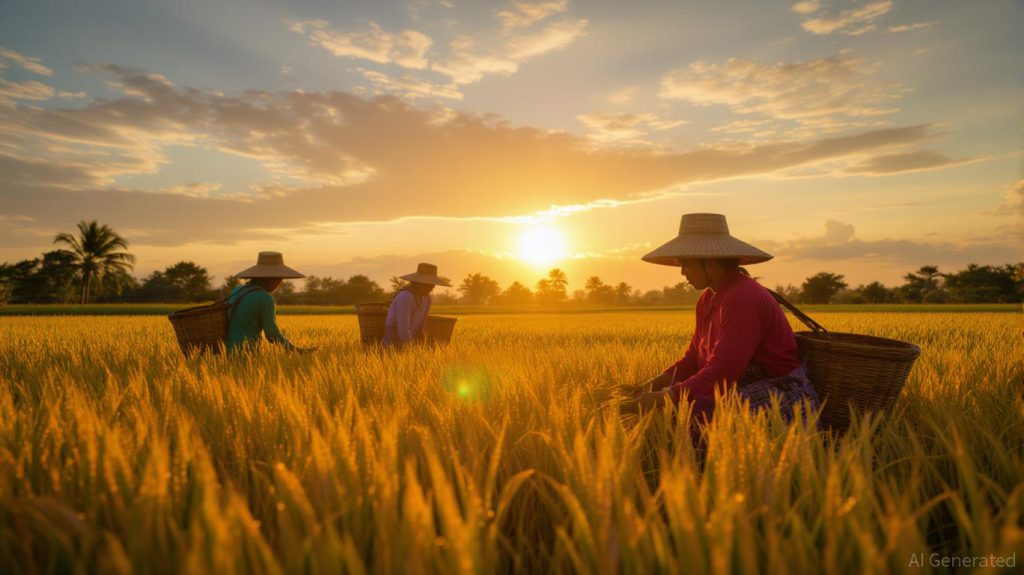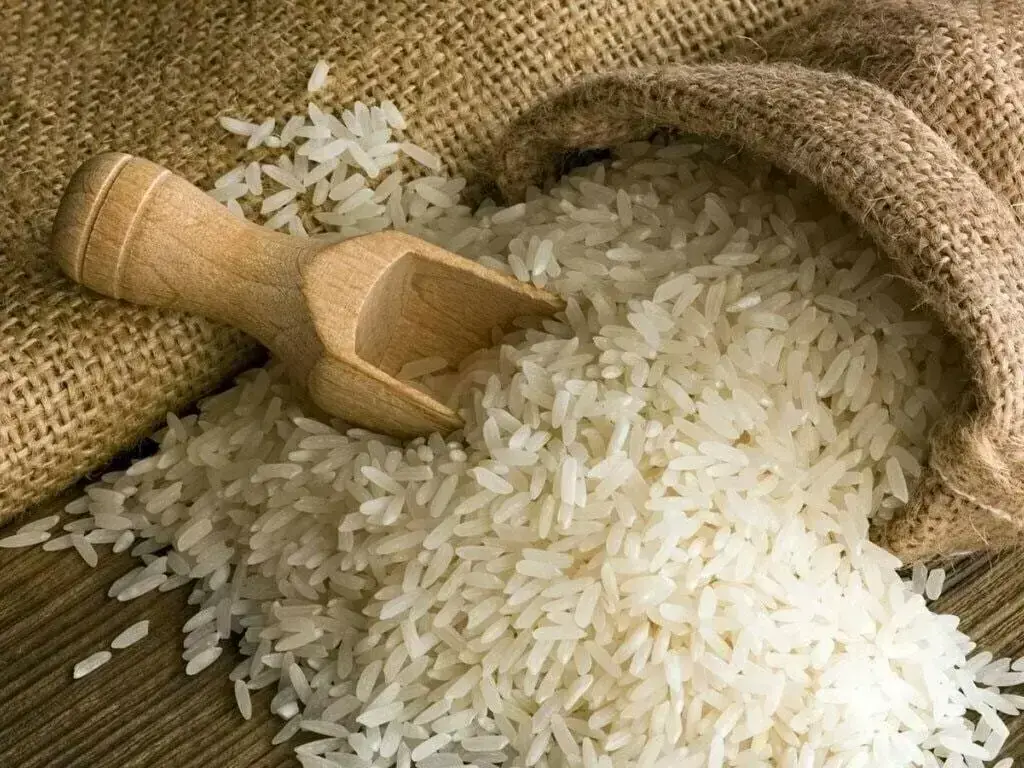Tags
Philippines’ 60-Day Rice Import Ban: Implications for Agricultural Sectors and Commodity Markets
Edwin Foster
- Philippines imposes 60-day rice import ban to shield farmers from collapsing palay prices and stabilize domestic supply.
- Policy risks retail price spikes and supply gaps, with potential impacts on agribusiness margins and ASEAN trade dynamics.
- Ban highlights global food security priorities over free trade, prompting scrutiny of protectionist trends in rice-dependent nations.
- Investors must balance short-term volatility with long-term opportunities in agricultural innovation and regional trade diversification.

The Philippines’ 60-day rice import ban, implemented on September 1, 2025, represents a pivotal moment for regional agricultural markets and global commodity dynamics. This policy, aimed at shielding local farmers from collapsing palay prices, has sparked debates about short-term volatility, long-term strategic risks, and the broader implications for food security in Southeast Asia. For investors, the move underscores the delicate balance between protecting domestic producers and maintaining affordable food supplies, while also reshaping trade flows and tariff structures across ASEAN.
Short-Term Volatility: A Double-Edged Sword
The immediate impact of the ban is twofold. Domestically, it seeks to stabilize farmgate prices for palay, which had plummeted to as low as PHP5 per kilogram in some regions. By temporarily halting imports, the government hopes to reduce oversupply and allow prices to rebound to PHP16–18 per kilogram. However, this intervention carries risks. Retail rice prices, currently at PHP58 per kilogram, could rise if domestic production fails to meet demand, particularly as the wet season harvest adds to existing stockpiles. Former agriculture undersecretary Fermin Adriano has warned that a supply gap could emerge, given the Philippines’ historical reliance on imports (4.7 million metric tons in 2024) and the USDA’s projection of higher 2025 requirements.
For investors, this volatility presents opportunities and hazards. Agribusinesses with exposure to local rice milling and distribution may benefit from higher farmgate prices, but those reliant on imported rice—such as retailers or food processors—could face margin pressures. will be critical to monitor, as will the performance of companies like , which are directly tied to domestic production efficiency.
Regional Trade Shifts and ASEAN Dynamics
The ban’s ripple effects extend beyond the Philippines. As the world’s largest rice importer, the country’s reduced demand could disrupt ASEAN export markets. Vietnam, which supplied 80–85% of Philippine rice imports in 2024, faces a potential surplus, while Thailand and Cambodia may see increased competition from India, which recently lifted its broken rice export ban. will reveal how trade partners adapt.
For investors, this shift highlights the importance of diversification. Companies with diversified export portfolios—such as Thai rice exporters expanding into other markets—may mitigate risks. Conversely, firms overly reliant on Philippine demand could face liquidity challenges. The ban also raises questions about the sustainability of ASEAN’s export-driven agricultural model, particularly as climate change and geopolitical tensions threaten supply chains.
Long-Term Strategic Positioning: Tariffs, Policy, and Food Security
The Philippines’ policy experiment reflects a broader global trend: governments prioritizing food security over free trade. The Rice Tariffication Law (RTL), enacted in 2019, aimed to liberalize rice markets but has been criticized for harming small farmers. The current ban, while temporary, signals a potential pivot toward protectionism—a move that could inspire similar policies in other rice-dependent nations.
Investors should assess the long-term viability of such measures. A 60-day ban is a short-term fix, but structural issues—such as low productivity, middleman dominance, and inadequate RCEF (Rice Competitiveness Enhancement Fund) implementation—remain unresolved. illustrates the disconnect between international markets and domestic affordability, a gap the government must bridge to avoid inflationary pressures.
For agribusiness investors, the focus should shift to companies addressing these structural challenges. Firms investing in land consolidation, mechanization, or digital platforms to reduce middleman markups (e.g., through blockchain traceability) could gain traction. Additionally, regional players with expertise in rice storage and logistics—such as those managing the National Food Authority’s stockpiles—may benefit from increased government spending on food security infrastructure.
Conclusion: Navigating Uncertainty with a Long-Term Lens
The Philippines’ rice import ban is a microcosm of the global tension between food security and trade liberalization. For investors, the key lies in balancing short-term volatility with long-term strategic positioning. While the immediate risks of price spikes and supply shortages are real, the policy also highlights opportunities in agribusiness innovation, regional trade diversification, and sustainable agricultural practices.
In the coming months, the success of the ban will hinge on its ability to stabilize farmgate prices without triggering retail inflation. If the government extends the ban or adopts a variable tariff system, as some experts recommend, the market will need to recalibrate. For now, investors should remain agile, hedging against short-term risks while capitalizing on long-term trends in food security and agricultural resilience.
will provide further clarity on the policy’s effectiveness, while will reveal how ASEAN and non-ASEAN players adapt to shifting demand. In a world where food security is increasingly a political and economic priority, the Philippines’ experiment offers valuable lessons for investors and policymakers alike.
https://www.ainvest.com/news/philippines-60-day-rice-import-ban-implications-agricultural-sectors-commodity-markets-2508/Published Date: August 6, 2025






